Wrapped Bitcoins: A first look at cbBTC
A deep dive comparing top wrapped Bitcoins like cbBTC, ckBTC and tBTC - exploring their origins, use cases, security, fees and more to determine the best decentralized option.

Just when the market seemed like it had its fill of wrapped tokens, Coinbase decided to stir the pot by introducing another version of wrapped Bitcoin (BTC) - cbBTC.
Yes, that's right, it seems it is never a dull day in crypto. But you might be wondering, what is it about these wrapped tokens and do we have other examples of wrapped Bitcoins? Well, we've got answers and even more...
Join us in this article as we take you on a journey of wrapped Bitcoins and focus on some newcomers like cbBTC by Coinbase and tBTC, comparing them to ckBTC by the Internet Computer (ICP), discussing their work mechanisms.

What is Token Wrapping?
To start, let's explain what token wrapping is. Well, it is a mechanism where a cryptocurrency is locked in a smart contract, and a corresponding token is issued on another blockchain.
It is issued by protocols that use this mechanism to overcome smart contract limitations and find a way to use Bitcoin in ways other than previously thought of.
Wrapping Bitcoin means providing cross-chain functionality. It enhances liquidity and supports broader decentralized finance.
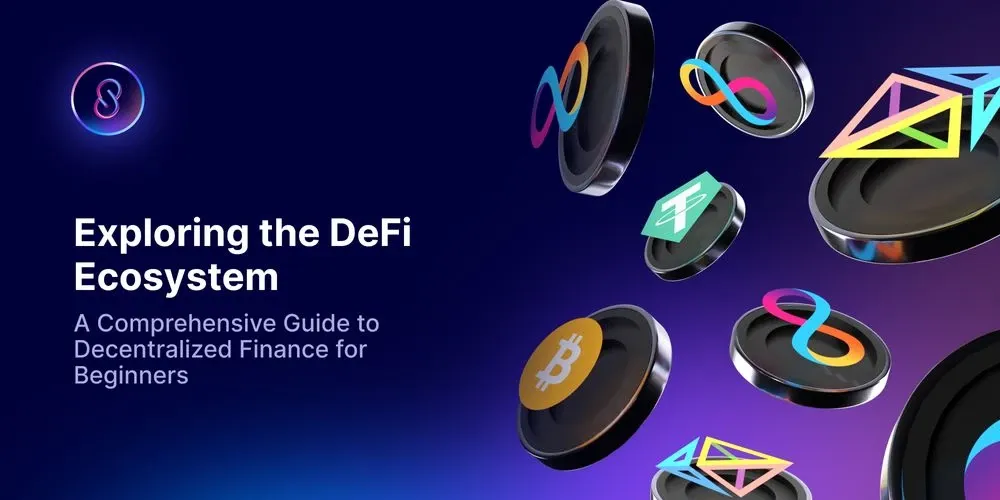
Wrapped Versions of Bitcoin
Several wrapped Bitcoins have been introduced over the years with wrapped Bitcoin (WBTC) leading the market. However, WBTC has faced several controversies after it announced a 'strategic partnership' that involved TRON founder Justin Sun, which even made some protocols in the crypto community, like Sky (previously Maker), seek alternatives.

A heated controversy surrounding WBTC saw Coinbase, the biggest American exchange, enter the chat, so to speak. They came with a 'novel' idea of their version of wrapped bitcoin: cbBTC.
Recently, I've heard that the community has some concerns about my involvement in various projects, including WBTC. I would like to clarify the following points:
— H.E. Justin Sun🌞(hiring) (@justinsuntron) August 10, 2024
There have been no changes to WBTC compared to before. The audits are conducted in real-time and can be accessed via…
What is cbBTC?
Coinbase Wrapped Bitcoin (cbBTC) is an ERC20 token introduced on 12th September 2024 that maintains a 1:1 backing with Bitcoin held in custody by Coinbase.
Which means that for all cbBTC in circulation, there is an equivalent amount of BTC held in a custody solution provided by the biggest American exchange.
cbBTC is onchain.
— Coinbase 🛡️ (@coinbase) September 12, 2024
cbBTC is an ERC20 token that is backed 1:1 by Bitcoin (BTC) held by Coinbase.
This means millions of BTC holders can now securely access DeFi apps on @base and Ethereum ecosystems—with more chains coming soon.
Here’s what you need to know ↓ pic.twitter.com/nF8mF3JGms
Since the introduction of cbBTC, it has accumulated a circulating supply of 3,887 BTC (according to data from Coinmarketcap).

Use Cases
cbBTC is, like all wrapped tokens, introduced to facilitate financial Dapps and a broader adoption of Bitcoin in DeFi in general.
cbBTC removes a key point of friction by allowing customers to use Bitcoin they already hold in new ways on-chain. According to Coinbase, cbBTC is built to be compatible with DeFi applications, so users can now tap into DeFi use cases like providing their Bitcoin as liquidity to DeFi protocols or using it as collateral to borrow other crypto assets. - Coinbase
How Does cbBTC Work?
cbBTC operates using minting (sending) and burning (redeeming) processes:
- Minting: There is a send feature that allows users to withdraw BTC from their Coinbase account to an address on Coinbase or Ethereum. This process automatically converts BTC to cbBTC at a 1:1 ratio.
- Burning: When cbBTC is deposited to a Coinbase address, it is burned and a corresponding amount of BTC is released from Coinbase’s reserve and assigned to the user’s Bitcoin account.
These two processes depend on a set of audited and secure Ethereum smart contracts that ensure the total supply of cbBTC always matches the amount of BTC backing it. Coinbase also notes that cbBTC does not have a separate order book or trading pair on its own.
What is tBTC?
tBTC is an open-source project introduced by Thesis in 2020 that allows users to exchange BTC for tBTC, an ERC-20 token at the rate of 1:1. Since 2020, tBTC has evolved into two versions: tBTC v1 and tBTC v2.
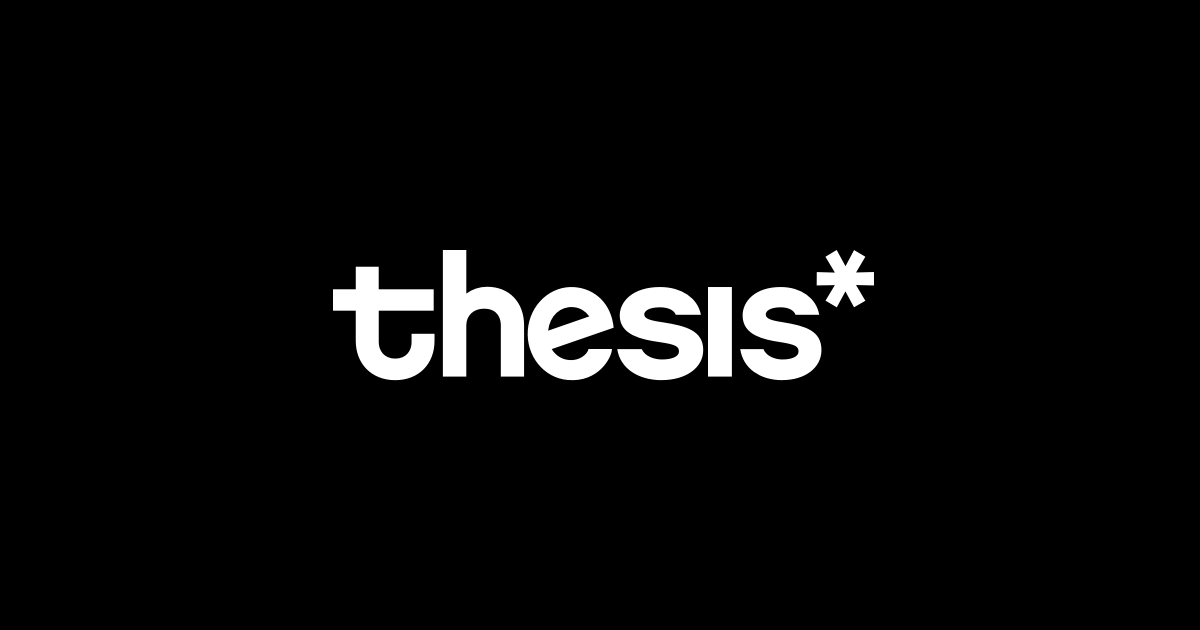
How Does tBTC Work?
tBTC v1 was regarded as the 'overcollateralized model' as it involved 'singers,' (a group of Operators of the then sole operator of tBTC, Keep Network) depositing an amount of Ether worth 150% of the BTC deposited as collateral.
Although it was effective, it still created an obstacle that called for improvement...
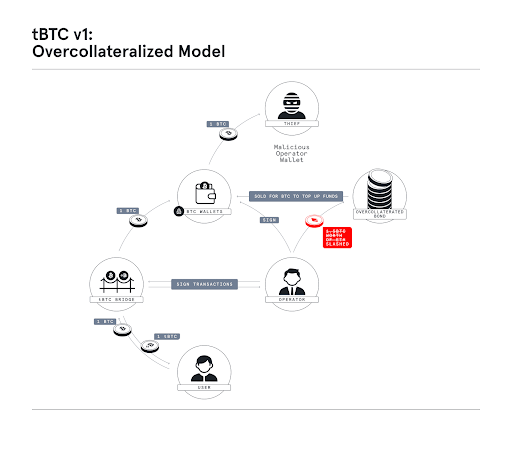
tBTC v2 was born, a savior to over-collateralization resulting from the merger between Keep Network and NuCypher to create Threshold Network. The version went live in January 2023, allowing minting only and redemptions seven months later.
tBTC reserves are backed by BTC across Threshold’s decentralized custody network. Rather than overcollateralization initially used in v1, tBTC v2 uses a randomly selected group of operators running nodes on the Threshold Network to secure deposited Bitcoin through threshold cryptography.
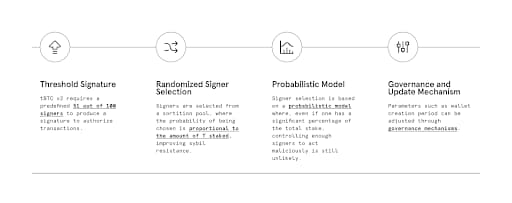
What is ckBTC?
Chain-key Bitcoin (ckBTC) is an ICRC-1-compliant token that is backed 1:1 by Bitcoin on the Internet Computer.

According to its live dashboard, ckBTC has a total circulating supply of 284.1152 tokens.
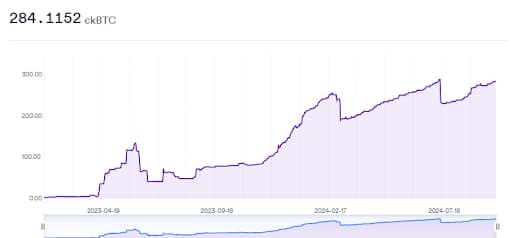
One real-world use case of ckBTC is point-of-sale (POS) applications and services through the IC-POS.. It enables merchants to tally up orders, take payments, monitor inventory and buying trends, create invoices, and collect marketing data.
Additionally, ckBTC is used for token swaps, crowdfunding applications, e-commerce platforms, and in decentralized exchanges.
How Does ckBTC Work?
The ckBTC functionality is provided through an interaction of two canisters: the ckBTC minter and the ckBTC ledger.

The ckBTC Ledger
It is responsible for the transfer and enabling the ckBTC minter to mint and burn ckBTC.
The ckBTC Minter
The minter is tasked with the minting and burning of ckBTC tokens.
- Minting occurs when a user initiates a transfer of Bitcoins to a specific Bitcoin address under the ckBTC minter's control. The ckBTC minter waits for confirmations of all Bitcoin transactions and converts the BTC to ckBTC at a ratio of 1:1.
- Burning occurs when a retrieval request is initiated. The ckBTC minter burns ckBTC and then transfers the corresponding BTC amount (minus fees) using a regular Bitcoin transaction.
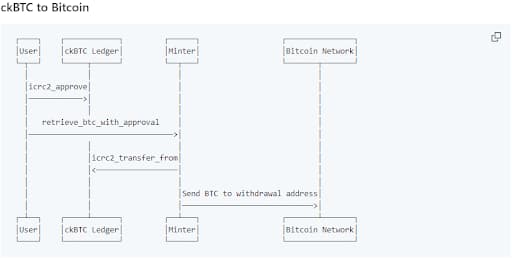
A Detailed Comparison cbBTC Vs ckBTC
cbBTC- Centralized
cbBTC relies on Coinbase's custodianship as a centralized exchange. The cbBTC whitepaper states that its smart contract can blacklist certain addresses and prohibit them from performing transfers and minting. Coinbase can decide which transactions go through and which do not.
This has drawn criticism from some in the crypto community who view it as a single point of failure in decentralized finance, where the government or other parties may have the right to directly freeze the Bitcoin through a subpoena.
#cbbtc lacks Proof of Reserve, no audits, and can freeze anyone's balance anytime. Essentially, it’s just 'trust me.' Any U.S. government subpoena could seize all your BTC. There’s no better representation of central bank Bitcoin than this. It’s a dark day for BTC.
— H.E. Justin Sun🌞(hiring) (@justinsuntron) September 12, 2024
ckBTC- Decentralized
ckBTC is decentralized unlike cbBTC. As Internet Computer nodes provide canister smart contracts with real-time access to the current state of the unspent transaction outputs (UTXOs) set on the Bitcoin blockchain.
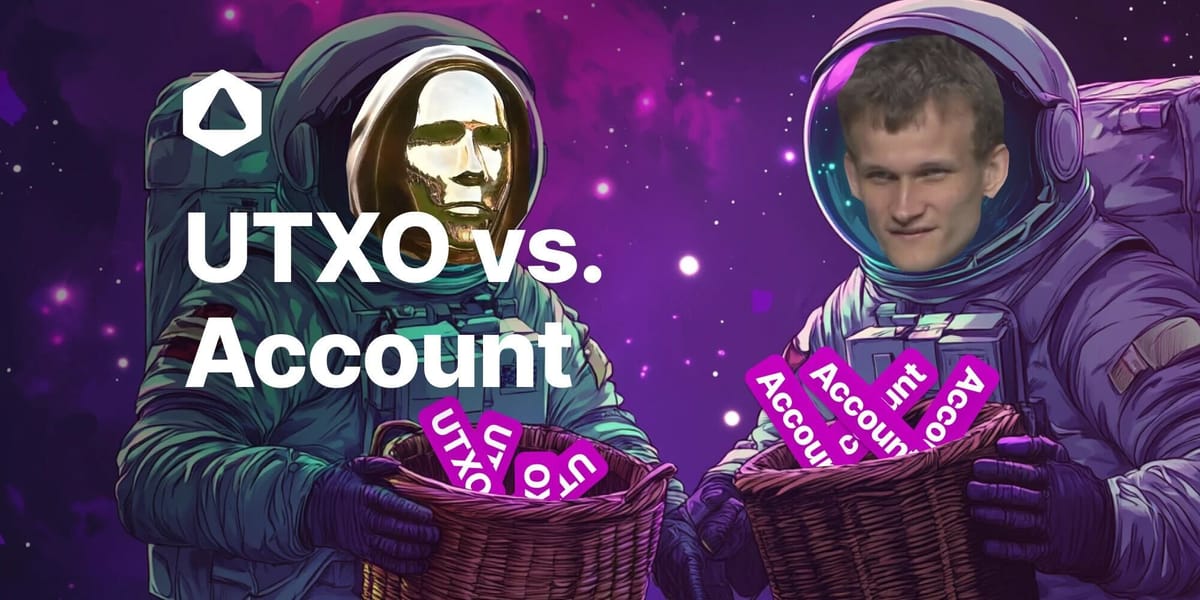
This allows the canisters to read the balance of any BTC address and also sign transactions using chain-key ECDSA (ckECDSA) signatures. This combination of canisters and ckECDSA allows transactions to be directly inscribed on the Bitcoin blockchain, eliminating the need for a centralized third party.
Security
The security of cbBTC has been the target of critique, with most questioning the lack of proof of reserves and issues with previously wrapped tokens from the exchange.
Coinbase addressed these concerns, mentioning that the cbBTC in circulation has an equal amount of BTC stored in a secure custody solution and will never be used for any purpose other than supporting the wrapped token.
Additionally, it has performed regular audits of all smart contracts involved in the minting and burning processes of cbBTC through a third-party security expert, OpenZeppelin.
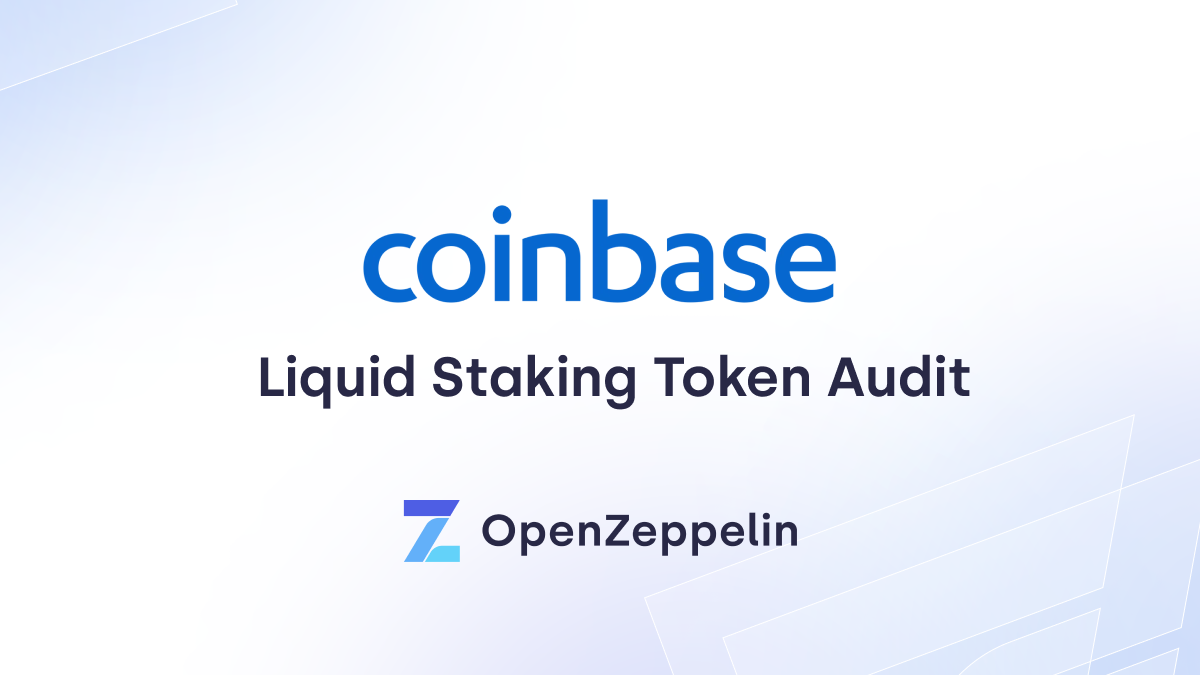
On the ckBTC side, many security assessments have been conducted, such as Temporal Logic of Actions (TLA+) models. TLA+ is a language for finding or verifying the absence of bugs in smart contracts.
Additionally, in 2023 ckBTC underwent an external security audit conducted by Trail of Bits where no major issues were found.
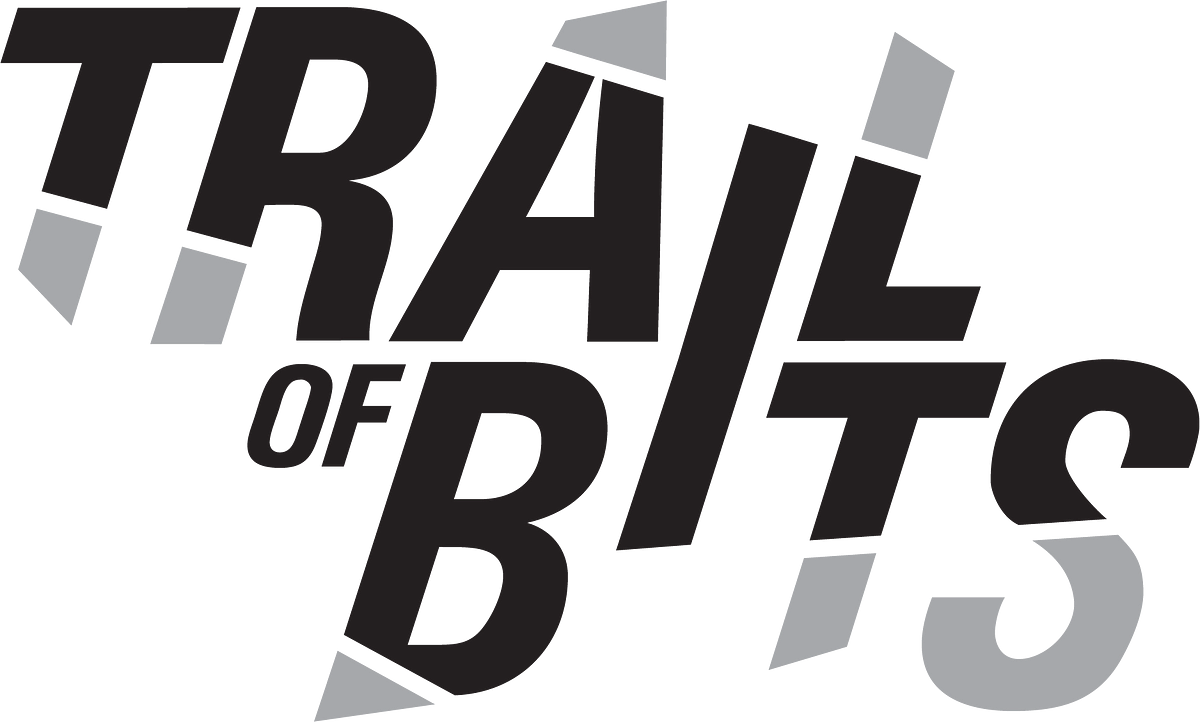
Regulatory Compliance
Coinbase has obtained licenses to operate in various jurisdictions globally. To ensure regulatory adherence, ckBTC is fully compliant with Anti-Money Laundering (AML) and Know Your Customer (KYC) requirements needed for almost every major exchange.
Similarly, the protocol behind ckBTC ensures regulatory compliance in that the issuance and redemption of ckBTC undergoes Know Your Transaction (KYT) checks to ensure no Bitcoin linked to criminal activity enters their network.
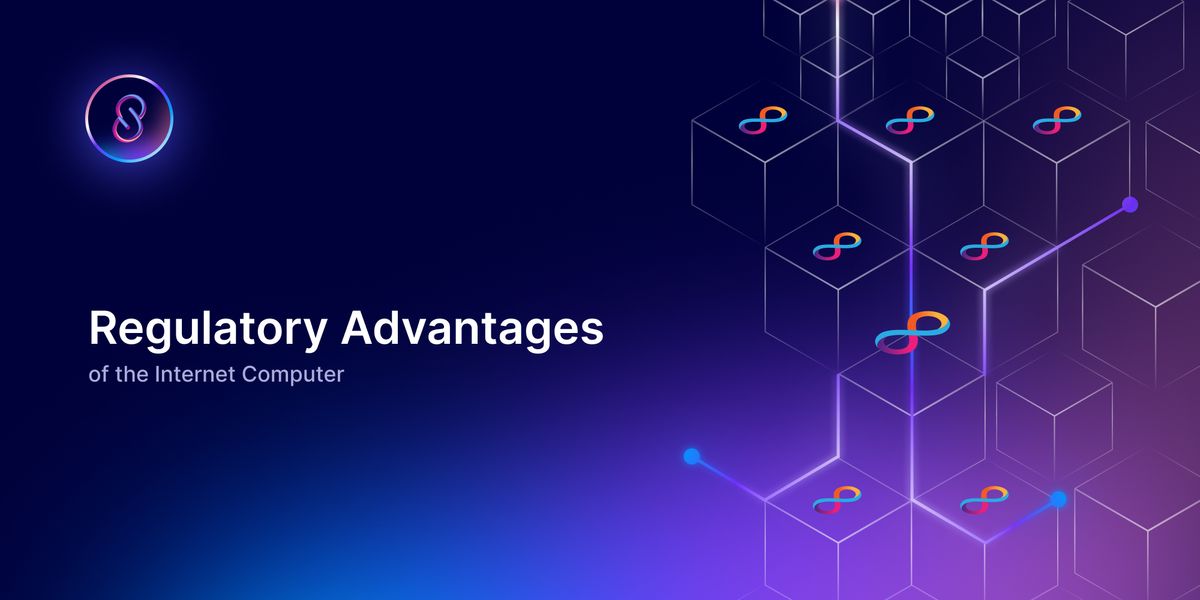
Fees
There are no fees associated with minting or burning cbBTC. Users are only charged network fees for withdrawals from Coinbase.
For minting and burning cbBTC, the ICP charges a set fee of 0.0000001 ckBTC, which is equivalent to less than a cent or 10 satoshis for ckBTC transactions.

Ecosystem
Upon the listing of the new wrapped token variant, Coinbase noted that many popular DeFi apps will support cbBTC. These include Aerodrome, Uniswap, Aave, and the other usual Dapps, that most of us use.
ckBTC is compatible with the ICRC-1 and ICRC-2 ledger interfaces (the fungible token standards of ICP). When the Bitfinity EVM is used, the Chain Fusion capabilities that are foundational will expand this ecosystem even more by providing interoperability across various chains, enabling interoperability across all chains.

A Choice Between Centralization and Decentralization
In conclusion, after comparing the latest wrapped Bitcoin protocols, we can ask ourselves which path forward crypto users may want to consider. Is the centralized route preferable, and is centralization versus decentralization even a question worth asking?

Connect with Bitfinity Network
Bitfinity Wallet | Bitfinity Network | Twitter | Telegram | Discord | Github

*Important Disclaimer: The information provided on this website is for general informational purposes only and should not be considered financial or investment advice. While we strive for accuracy, Bitfinity makes no representations or warranties regarding the completeness, accuracy, or reliability of the content and is not responsible for any errors or omissions, or for any outcomes resulting from the use of this information. The content may include opinions and forward-looking statements that involve risks and uncertainties, and any reliance on this information is at your own risk.
External links are provided for convenience, and we recommend verifying information before taking any action. Bitfinity is not liable for any direct or indirect losses or damages arising from the use of this information.














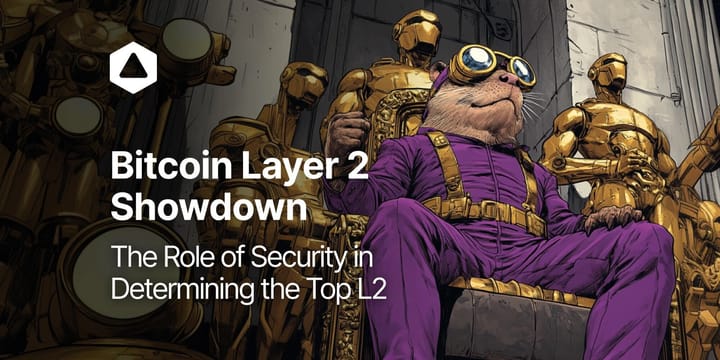
Comments ()